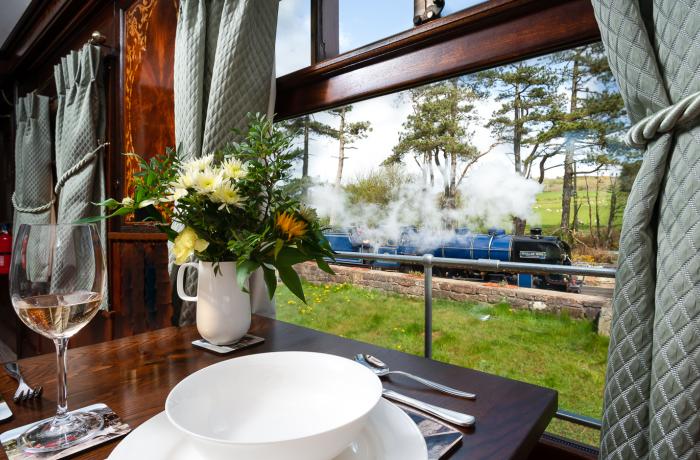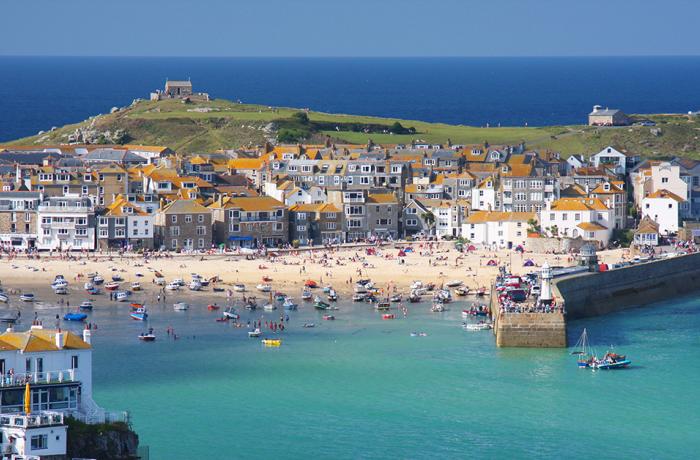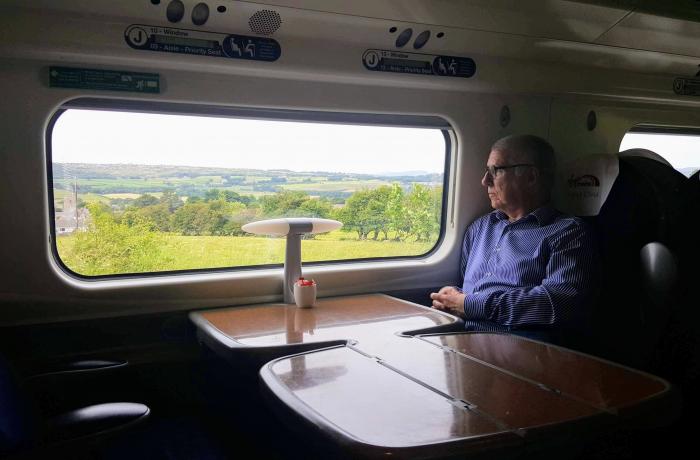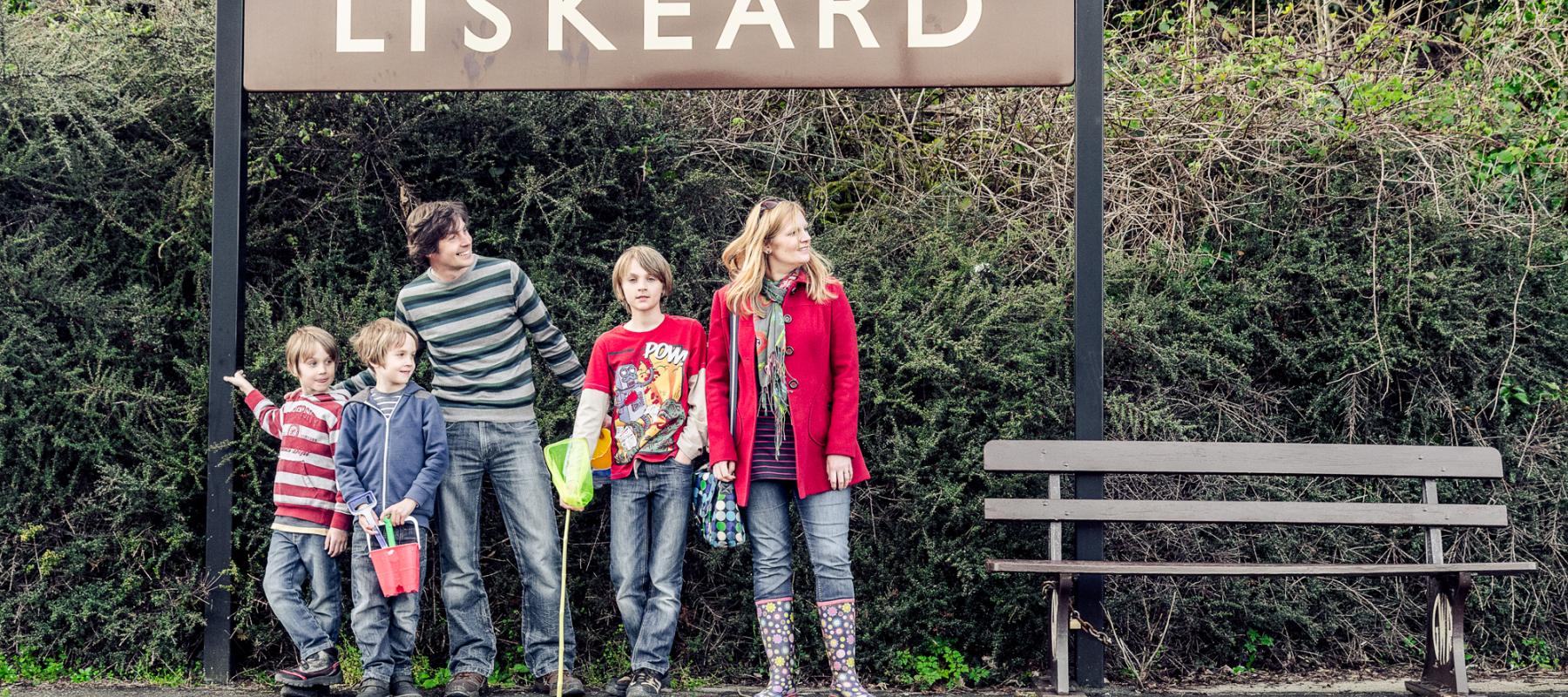
Three reasons to travel by train as a family
By guest bloggers, Vicki Pipe & Geoff Marshall, railway adventure experts also known as All the Stations
Taking a journey on the railways as a family can be a challenge. Will there be room for all your bags on the overhead racks, how far away is the toilet from your seat, did you remember to bring your family and friends railcard with you, and most importantly will the tea trolley run out of tea before it gets to you?!
Whilst we can't guarantee there will always be tea, we do believe that journeys by rail are great when travelling together as a family. Here are our top three reasons why!
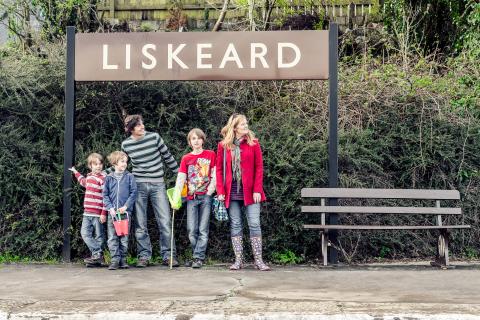
Inbuilt entertainment
Forget watching a film on your laptop, there is plenty of entertainment right outside the carriage window.
From the flat planes of Lincolnshire to the summits of the Scottish Highlands - not to mention the peaks and troughs of the Welsh Valleys or the coastal brilliance of Cornwall - you'll be hard pushed to find a railway line in Britain that doesn't travel through an area of exquisite natural beauty.
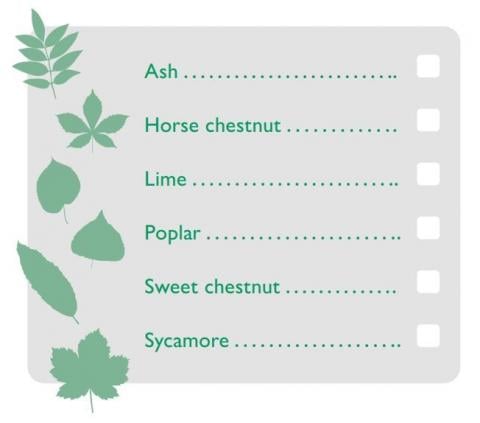
But it's not just the view you can look at. Plants, animals and insects are all around the network. Approximately 10 million trees grow next to the railway. The most popular species are, ash, horse chestnut, lime, poplar, sweet chestnut, sycamore. Who in your family can be the first to spot one of each?
As well as trees, also look out for water and wading birds wherever the railway runs alongside a river or tributary. There are otters waiting to be seen as you travel many coastal lines, especially the Far North Line in Scotland.
Also in Scotland, keep your eyes peeled for a stag in the highlands (we once saw one on the platform at Rannoch Moor station). And during the spring, butterflies can be found wherever there are plush hedgerows alongside the tracks.
Nothing but great destinations
No matter how many times you take a journey by rail, you will never run out of places to go. There are currently 2,570 railway stations in Britain, and almost all of them will take you on a great adventure (there are a few exceptions, but we can't all be winners).
Did you know there are 29 UNESCO World Heritage Sites in Britain and 17 are in walking distance of a railway station, we're particularly fond of Durham Cathedral. Built almost 1,100 years ago the cathedral is just a 15 minute walk from the station. It was one of the first to be built with a stone vault ceiling, changing the way cathedrals were built for the next 400 years. It is also home to three original copies of the Magna Carta!
If, like us, you enjoy a good check list, here are the remaining 16 UNESCO sites accessible via the railways.
Can you visit them all?
• Bath (Bath Spa station)
• Canterbury Cathedral, St Augustine's Abbey and St Martin's Church (Canterbury East or Canterbury West stations)
• Conwy Castle (Conwy station)
• Derwent Valley (Most stops along the Derwent Valley Line)
• Edinburgh Old and New Towns (Edinburgh Waverley station)
• Forth Bridge (trains between Dalmeny and North Queensferry stations cross the bridge regularly)
• Hadrians Wall (sections nearby to Carlisle and Newcastle stations)
• Harlech Castle (Harlech station)
• Jurassic Coast (Exmouth, Weymouth and Swanage stations)
• Kew Gardens (Kew Gardens station)
• Lake District (Windermere and Staveley stations)
• Liverpool - Maritime Mercantile City (Liverpool Lime Street, Liverpool Central, James Street and Moorfields stations)
• Maritime Greenwich (Greenwich and Maze Hill stations)
• Palace of Westminster and Westminster Abbey (Westminster station, London Underground)
• Saltaire Village (Saltaire station)
• Tower of London (Tower Hill station, London Underground)
Inspiring stories
Britain has one of the oldest and most complex railway networks in the world. Some parts of the system are nearly 190 years old, and many of its famous landmarks and features were constructed entirely by hand.
The Olive Mount cutting for example, between Wavertree Technology Park and Broad Green stations in Liverpool was originally constructed by Navvies using pick axes, shovels and the occasional stick of dynamite.
When it opened in 1830, the cutting was 24 metres deep and 2 miles long and formed part of Britain's first intercity steam passenger railway.
Perhaps even more remarkable was the construction of Box Tunnel in Wiltshire, which took 4,000 men five years to build. Building work started at both ends at the same time and when everyone eventually met in the middle, the two halves of the tunnel were only a few centimetres out of alignment. An incredible achievement considering the men at work were digging by hand with only candles to light their way.
Another inspirational figure who helped change the course of Britain's railways was Asquith Xavier.
In the 1960's Xavier applied for a job as a guard at Euston station in London but was quickly rejected because he was black - Euston did not allow people of colour to work in jobs that had direct contact with passengers.
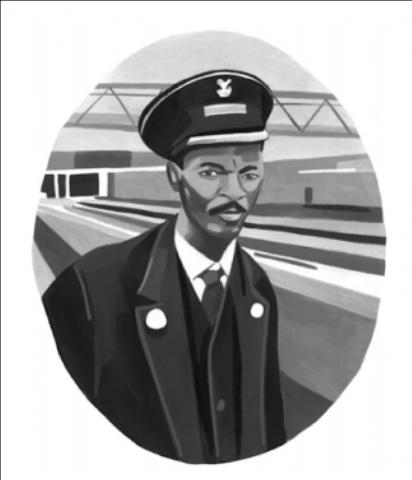
At the time this was sadly not illegal, but Xavier decided he wanted to raise awareness of how he was being treated.
Soon the newspapers began sharing Xavier's story and eventually in July 1966 the railways announced that people of colour would no longer be rejected for any role at Euston station.
This was the start of many stations opening up their jobs to everyone, no matter the colour of their skin. A plaque dedicated to Xavier and honouring his bravery can be found on the concourse of Euston station.
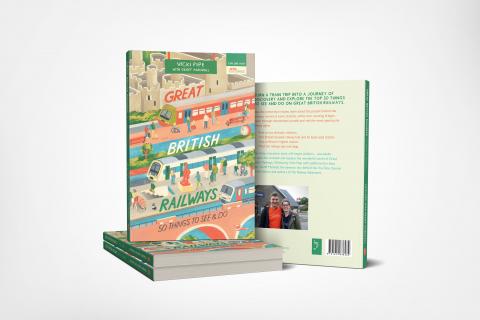
Bursting with facts and activities from railway and tube experts Vicki Pipe and Geoff Marshall, Great British Railways: 50 Things to See and Do and The London Underground: 50 Things to See and Do will inspire children (and adults!) to seize the moment and explore the wonderful world of rail!
Also check out Vicki and Geoff's top five reasons to take a railway adventure here...
Subscribe to our blog posts. We are planning to post about once a month. We will never share your details and you can unsubscribe with a single click.



